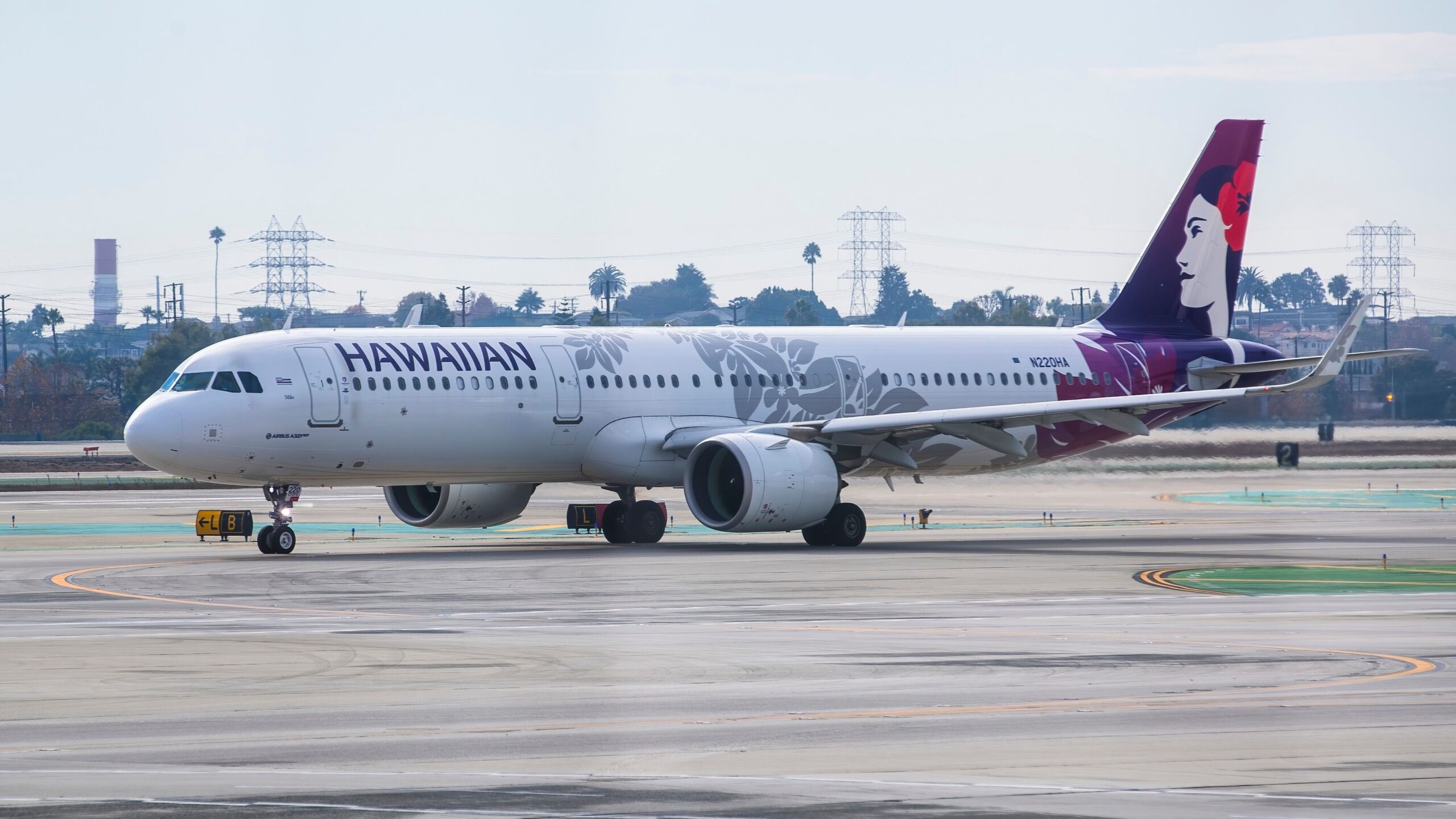Alaska Air Group, the parent company of ![]() Alaska Airlines
Alaska Airlines
and newly acquired Hawaiian Airlines
, is focused on improving its Airbus A321neo
utilization this year. As the two brands steadily inch toward obtaining a single operating certificate, executives shared some insight into managing the return to a joint Airbus and Boeing fleet.
It comes after Alaska phased out its own A321neo examples less than two years ago as it was eager to revive its famous self-acclaimed “all Boeing airline” reference. However, as it joins forces with Hawaiian, the group will not likely be able to don the slogan again, at least for a long while.
A successful year despite hurdles
The Seattle-based company hosted its fourth quarter and full-year 2024 earnings call on Thursday.
Despite experiencing a $200 million loss from the 737 MAX 9 debacle and subsequent delivery hurdles, the group reported record revenues of $11.7 billion, which exceeded expectations
.
Photo: Alaska Airlines
The $1.9 billion merger was unequivocally a contributing factor, essentially saving former Honolulu-based Hawaiian, which had been losing money and was desperate for a lifeline. As the group’s financial focus now shifts to 2025, it expects a year-over-year capacity increase. With that, executives are analyzing fleet performance and how utilization can improve its profits even more.
“We expect a material increase”
Shane Tackett, Alaska’s Executive Vice President of Finance and Chief Financial Officer, explained that Hawaiian’s A321neo usage should ramp up this year as the company receives new Boeing aircraft and continues with its 737-900 retirements.
“We expect flat growth across our Alaska assets given assumed delivery timing, and retirement of our oldest 737-900 aircraft, and expect a material increase in Hawaiian asset utilization, particularly within the A321 fleet.”
Hawaiian’s A321neos were among some of Airbus’ first planes in mass production, with deliveries beginning in 2017. The carrier has a total of 18 examples, with an average age of just over six years, according to ch-aviation. While they have been a game changer in its transpacific and interisland network, Hawaiian has endured some hurdles with the aircraft.
Powered by Pratt & Whitney’s PW1100G engines, the jets were subject to mandatory inspections due to recalls, which forced the airline to
alter its schedule and cancel flights between Maui and Las Vegas for a month in 2023
.
Photo: MC MEDIASTUDIO | Shutterstock
Flights between Maui and Oakland were
also suspended during the Spring of last year
as the airline cited “aircraft needs elsewhere.” However, it was believed that the carrier was still suffering from inspection-induced groundings.

Check It Out
The 10 New Routes Alaska Airlines Will Begin In January
Two of them have never been served by any airline.
With the Pratt & Whitney
complications appearing to be surpassed, Alaska is poised to fly the aircraft more, complementing its forecast of revenue per available seat mile (RASM) totals beating out the cost per available seat mile (CASM). However, the airline is also expecting a challenging next quarter.
“We have the lowest rate of growth in the year, probably in the second quarter, and the hardest comp because of our growth rate and performance last year on costs,” Tackett explained. “…We’re going to start to see the real benefit of synergy capture… of really starting to get utilization up on the A321 fleet, and benefit from the productivity that will sort of be able to drive from those two things…We do expect RASM to outperform CASM throughout the year, and we’re excited about how we can perform this year.”
Photo: Joe Kunzler | Simple Flying
It is not clear whether Alaska plans to increase Hawaiian’s A321neo utilization on its current interisland and transpacific routes, or introduce the aircraft to new destinations. Simple Flying previously reported that the company will replace the plane with Alaska’s 737s on its
Maui-San Diego
and
Honolulu-Ontario
routes later this year.
Becoming an Airbus operator again
All 10 of Alaska’s formerly acquired Virgin America A321neos now fly with American Airlines
. The swift retirement of the aircraft and Virgin’s other A319s and A320s underscored Alaska’s determination to no longer operate Airbus aircraft for its mainline operations. Additionally, they were the last recognizable artifacts of the beloved Virgin brand, as Alaska quickly erased all other elements.
Many feared the same would happen to Hawaiian, but the brands are clearly remaining separate for now. Unlike acquiring Virgin’s assets, Alaska seemingly has a different tone as it returns to owning Airbus aircraft, according to Tackett.
“We feel good about the fleet we acquired…We spent alot of time in due diligence on the Virgin acquisition…we spent multiples of that on this acquisition…”
Alaska’s CEO Ben Miniucci explained that becoming a joint Airbus and Boeing mainline fleet is not Alaska’s first rodeo.
“Because we went through this before, with Virgin America, so we were experienced at what to look for,” he said. “There’s nothing coming at us. In fact, I would just say the opposite. It feels like it’s better than what we had thought.”
The airline currently has no Airbus aircraft on order, but is expecting a slew of future Boeing deliveries. Just this year, it plans to grow its 737 MAX fleet by 14 aircraft and receive three new 787-9 Dreamliners.

Read Next
Hawaiian Airlines Schedules Boeing 787-9 Dreamliner Flights Between Honolulu & New York-JFK
The carrier will use its newest aircraft to replace the Airbus A330-200 that currently operates the link.




